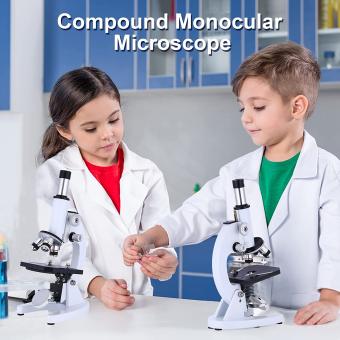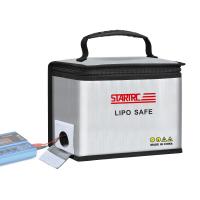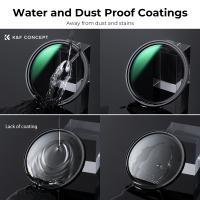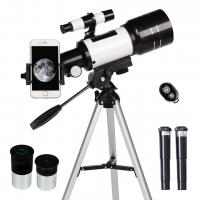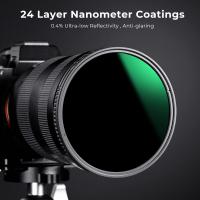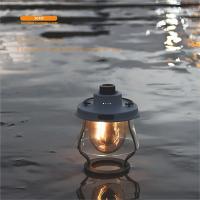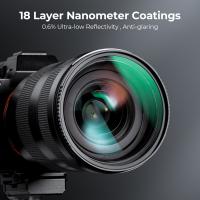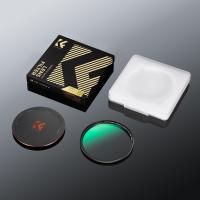How To Prepare Specimens For Microscope ?
To prepare specimens for microscope, first, the specimen needs to be collected and placed on a slide. The slide should be clean and free of any debris. The specimen can be placed directly on the slide or in a drop of water or other liquid. If the specimen is too thick, it may need to be sliced thinly using a razor blade or other sharp tool.
Once the specimen is on the slide, a cover slip can be placed over it to protect it and keep it in place. The cover slip should be gently lowered onto the specimen to avoid any air bubbles.
If the specimen is living, it may need to be immobilized or stained to make it easier to see under the microscope. Immobilization can be done using chemicals or by cooling the specimen. Staining can be done using dyes or other chemicals that bind to specific parts of the specimen, making them more visible under the microscope.
Finally, the slide can be placed on the microscope stage and adjusted to get the best view of the specimen. The focus and magnification can be adjusted to get a clear image.
1、 Fixation methods
How to prepare specimens for microscope? One of the most important steps in preparing specimens for microscopy is fixation. Fixation methods involve preserving the structure and morphology of the specimen by preventing decay and autolysis. There are several fixation methods available, including chemical fixation, heat fixation, and freezing.
Chemical fixation involves immersing the specimen in a fixative solution, such as formalin or glutaraldehyde. The fixative solution penetrates the specimen and crosslinks the proteins, preserving the structure and morphology. Heat fixation is commonly used for bacterial specimens, where the specimen is heated on a slide to kill the bacteria and adhere them to the slide. Freezing is another method used for preserving specimens, particularly for electron microscopy. The specimen is rapidly frozen and then cut into thin sections for viewing under the microscope.
Recent advances in fixation methods have focused on improving the preservation of biomolecules, such as DNA and RNA. One such method is called flash freezing, where the specimen is rapidly frozen in liquid nitrogen, preserving the biomolecules in their native state. Another method is called cryofixation, where the specimen is rapidly frozen and then viewed under a cryo-electron microscope, allowing for high-resolution imaging of the specimen.
In summary, fixation methods are an essential step in preparing specimens for microscopy. Advances in fixation methods have allowed for improved preservation of biomolecules and high-resolution imaging of specimens.
2、 Dehydration techniques
How to prepare specimens for microscope involves several steps, including fixation, dehydration, embedding, sectioning, staining, and mounting. Dehydration techniques are an essential step in preparing specimens for microscopy. Dehydration removes water from the specimen, which prevents distortion and shrinkage during sectioning and staining.
There are several dehydration techniques available, including air-drying, freeze-drying, and chemical dehydration. Air-drying involves leaving the specimen to dry in the air, which can take several hours or days. Freeze-drying involves freezing the specimen and then removing the water by sublimation. Chemical dehydration involves using a series of alcohol solutions to remove water from the specimen gradually.
The latest point of view on dehydration techniques is that chemical dehydration is the most effective and reliable method for preparing specimens for microscopy. This method ensures that the specimen is completely dehydrated, which prevents distortion and shrinkage during sectioning and staining. Additionally, chemical dehydration allows for the preservation of cellular structures and organelles, which is essential for accurate microscopy.
In conclusion, dehydration techniques are an essential step in preparing specimens for microscopy. Chemical dehydration is the most effective and reliable method for ensuring that the specimen is completely dehydrated and that cellular structures and organelles are preserved. By following the proper dehydration techniques, researchers can obtain accurate and reliable microscopy results.
3、 Clearing agents
Clearing agents are used to make specimens transparent for microscopic examination. The most commonly used clearing agents are xylene, benzene, and cedarwood oil. Here are the steps to prepare specimens for microscope using clearing agents:
1. Fixation: The specimen is first fixed in a suitable fixative to preserve its structure and prevent decay.
2. Dehydration: The specimen is then dehydrated by passing it through a series of alcohol solutions of increasing concentration. This removes water from the specimen and prepares it for clearing.
3. Clearing: The dehydrated specimen is then placed in a clearing agent, which replaces the alcohol and makes the specimen transparent. Xylene is the most commonly used clearing agent, but benzene and cedarwood oil are also used.
4. Mounting: Once the specimen is cleared, it is mounted on a slide and covered with a coverslip. The clearing agent is removed by washing the slide with alcohol and then water.
It is important to note that the use of xylene as a clearing agent has come under scrutiny in recent years due to its potential health hazards. Some laboratories have switched to safer alternatives such as limonene or Histoclear. It is also important to follow proper safety protocols when handling clearing agents, such as wearing gloves and working in a well-ventilated area.
4、 Mounting media
How to prepare specimens for microscope? One important step is to use mounting media. Mounting media is a substance used to hold the specimen in place on the microscope slide and protect it from damage during observation. There are various types of mounting media available, including aqueous and non-aqueous solutions, resins, and gels.
Aqueous mounting media, such as water or glycerol, are commonly used for specimens that are already in a liquid state, such as blood or urine. Non-aqueous mounting media, such as Canada balsam or DPX, are used for specimens that are not water-soluble, such as insects or plant tissues.
Resin-based mounting media, such as Epoxy or Araldite, are used for specimens that require a more permanent mount. These types of mounting media provide a clear, hard, and durable mount that can withstand repeated observation and handling.
Gel-based mounting media, such as agarose or gelatin, are used for specimens that require a softer mount. These types of mounting media provide a more flexible and cushioned mount that can be easily removed if necessary.
In recent years, there has been a growing interest in using environmentally friendly mounting media. For example, some researchers have developed mounting media made from natural products, such as chitosan or cellulose, which are biodegradable and non-toxic.
In summary, using mounting media is an important step in preparing specimens for microscope observation. The choice of mounting media depends on the type of specimen and the desired outcome of the observation. With the increasing focus on sustainability, there is a growing interest in developing environmentally friendly mounting media.





